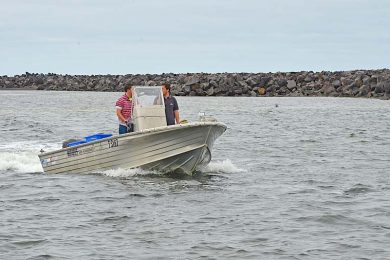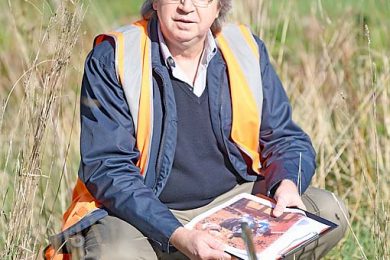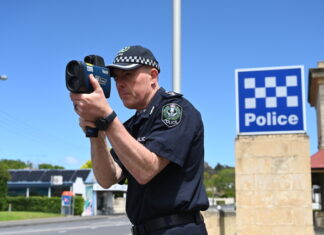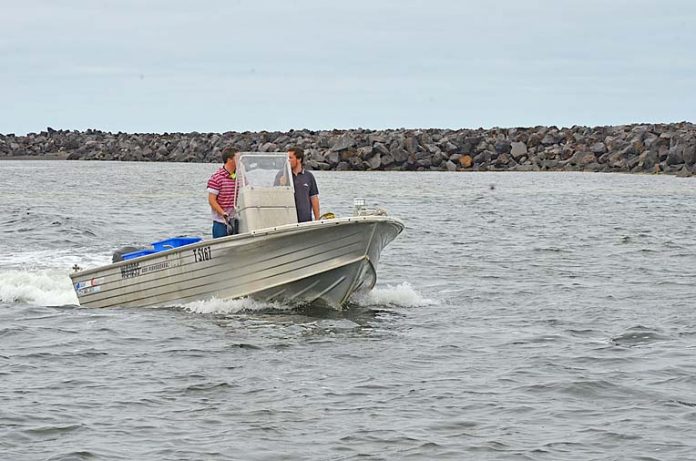
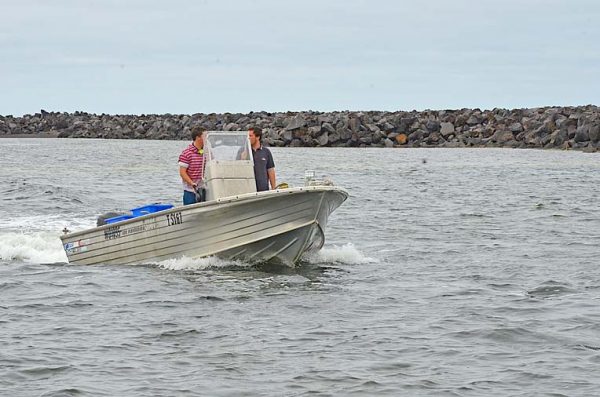
NEW figures show the agriculture, forestry and fishing sectors have an output of nearly $560m in the Grant district, which is closely followed by the manufacturing sector worth around $183m.
The council area’s economic profile was released as part of its 2017-18 annual report, which provides a snapshot of its financial performance, council projects and goals.
The report was released in the lead up to the local government elections that were finalised this week, which has seen incumbent Mayor Richard Sage returned and a number of fresh faces on the council.
Figures also show the council had a gross regional product of $459m with a total output of $953m.
There are also more than 800 registered businesses within the district.
Council chief executive officer David Singe said the local government body finished 2017-2018 in a strong financial position with an operating surplus of $732,000 after capital amounts.
“Council has a low level of outstanding loans and has continued to focus on careful management of its $121m asset base, with $2.5m spent on upgrades and $2.4m spent on new assets,” Mr Singe said.
This was predominately on the upgrade of roads and kerbs in our district and townships.
“We continued working on making our long term asset management plans and our long term financial plan as accurate as possible.”
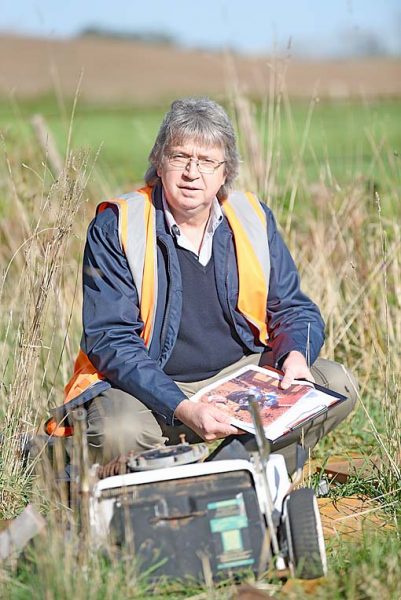
Picture: SANDRA MORELLO
In regards to Mount Gambier Airport, he said essential site works, particularly the expansion of the rental car parking and the continuing cleaning of the site to minimise bushfire risk, were undertaken.
Meanwhile, The Waterfront project at Port MacDonnell continues to progress with the construction of stage one at the beginning of April.
“With an anticipated completion date at the end of 2018, residents will start to see more visible works towards the latter part of the project,” Mr Singe said.
During the financial year, the council’s planning department received 275 development applications, including 47 new dwellings.
The value of these development applications had a value of more than $22m.
Wandering stock continued to be a problem for the rural council with 53 stock complaints being received.
But among the biggest problems for council’s community rangers staff continued to be illegal dumping as well as dog attacks on animals and wandering dogs.
There were 12 dog attacks on animals, two attacks on humans and 51 wandering dog reports.
Council received 46 reports of illegal dumping and 10 abandoned vehicles.
The local government body’s four waste transfers stations were also busy with more than 700 cars entering their gates.
A snapshot of waste shows more than 1000 tonnes of recycling was collected, 23 tonnes of e-waste, 240 tonnes of scrape metal and 73 tonnes of cardboard.
Around 50pc of all waste collected by council was diverted to landfill.

